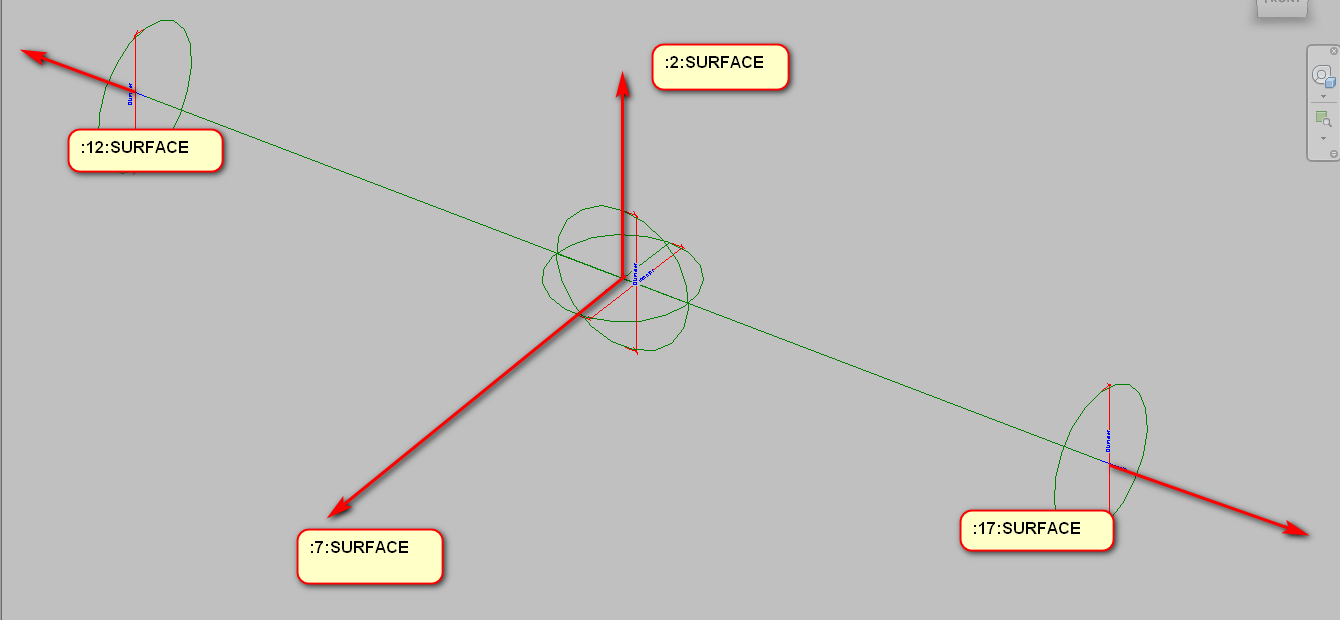
The open source space around the Revit API is continuously growing richer, solutions are shared and exciting discoveries are made, both in the Revit API discussion forum and elsewhere:
Yesterday I happened to notice a tweet by Konrad Sobon, @arch_laboratory, pointing out a couple of exciting blog posts on archi+lab, e.g.:
The latter one discusses some aspects of the Mission Control repository and making it easier to pull, build, and deploy.
In fact, it is worth while taking a look at all the open source HOK Revit Addins.
This is all very exciting stuff indeed.
Browsing further, I also discovered that Konrad just started the next chapter of his career.
Congratulations, Konrad!
The best of luck to you, and have fun!
MarryTookMyCoffe points out a surprising and useful possibility for creating connectors on a reference line:
I made some tests and thought I will share my results with the forum:
The problem with putting connectors on a reference line is that the API doesn’t give us any references to any surfaces, no matter for what view we ask.
There is however a way to get around this one by adding a secret suffix to the unique id and calling the ParseFromStableRepresentation method on it:
Reference.ParseFromStableRepresentation(
document, uniqueID );
With the right secret suffix, this can be used to retrieve a reference to a face on the reference line.
With lots of trial and error, we learned that the codes for specific faces will be always the same:

For example, let's look at this stable representation:
3ded2a48-367f-42c7-83bd-9fd4f659891a-00000fd0:2
Here is a table summarising the possible secret suffixes:
| 3ded2a48-367f-42c7-83bd -9fd4f659891a-00000fd0 | The Reference Line unique id |
| :0 | ref to line |
| :1 | ref to solid |
| :2 | ref to face |
| :7 | ref to face |
| :12 | ref to face |
| :17 | ref to face |
The gaps between the numbers may seems strange, but I think that after every face, we have hidden edges of this face; what would explain the numeration.
[Q] Does that apply to each and every reference line?
[A] Yes, it applies to every reference line, always the same numbers.
[Q] So each reference line implicitly defines a solid and four faces?
[A] Faces are in the solid, but yes.
[Q] What solid is that?
[A] Similar to an extrusion, you can get a solid of the object with faces and lines, with the only difference that its faces don't have references. I guess the programmer forgot to set up this property.
[Q] Can you share a concrete use case for this?
[A] I use reference line with connectors in all fittings and accessories; that enables my family definition to work with minimal graphics. That way, you can easily define a family with low details (that is important in GB) and high details (that is important in Russia), without messing up how they work.
I plan to go even further and implement an auto-creation tool for fittings, accessories, and mechanical equipment.
The idea was to add to any family made on the market the same functionality that our families have – all you have to do is set length and type of connection, like: thread, pressed, etc.
Very many thanks to MarryTookMyCoffe for discovering and sharing this valuable insight!